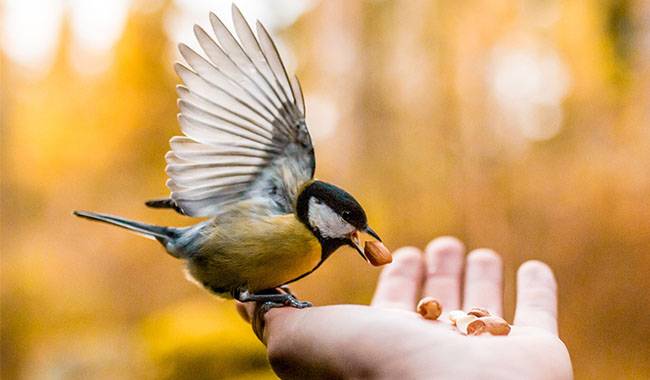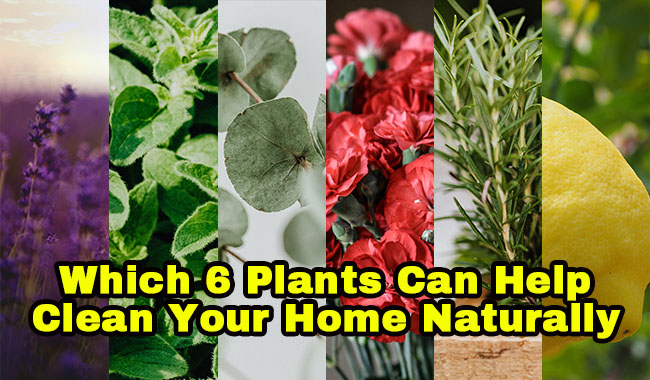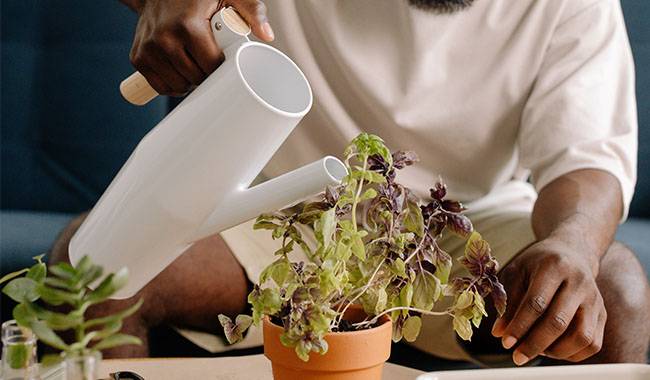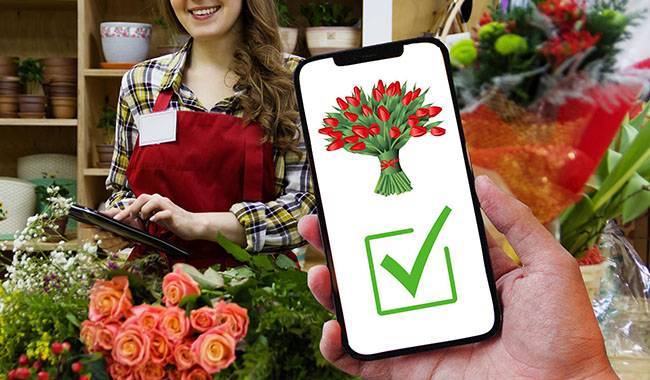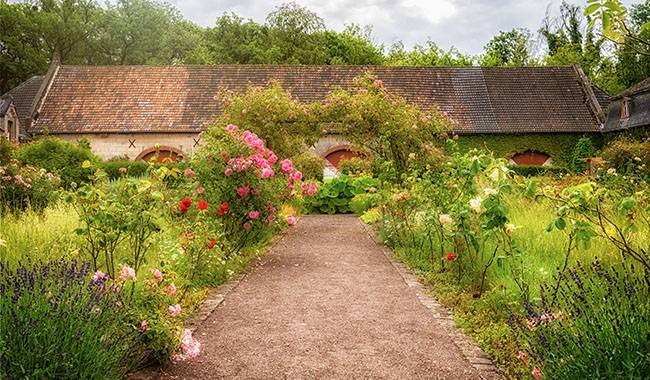
Nature has blessed me with a sensitive nose, probably with the implication of living among plants. But I didn’t understand the implication and for a long time, I lived in a city with an unhealthy and smelly environment which makes me uncomfortable.
The only comforting thing on the city streets were the Siberian berry apple trees (the most frost-resistant trees in the world!) that bloomed in spring. A very, very long-serving mayor likes the smell of apple blossoms.
Now it all falls into place – we live in the countryside, at the foot of the mountains, where I have created my fragrant spring garden.
Why we need to feel smells and what to inhale in the spring? I will tell you in this article.
WHAT DOES IT SMELL LIKE?
Essentially, the smell is information. Dogs can say a lot of interesting things. Smells are just as informative as sounds and pictures.
For example, some diseases can be identified by smell without testing: diabetes, kidney disease, cancer, Alzheimer’s disease. These obvious smells are also well known to many people, they just don’t know what they mean.
For primitive humans, the world of scent was an open book, but then they passed the responsibility of reading this book on to the dog as a constant companion.
Now dogs understand it and know how to use it, but we don’t. For example, dogs leave scent tags and humans are forced to write in paint “Here already ……”.
Animal owners also know the smell of fear – animals in a state of stress have a strong smell, no matter what shampoo they wash with. Humans, by the way, don’t smell much better in this state.
This is why untrained dogs get mad at people (people and animals) who are afraid of them. The smell gives the feeling.
In the world of plants, it is even more interesting: scent is not only information but also a form of communication. Plants attacked by pests release signal substances into the air and soil that penetrate the mycorrhizal symbiotic fungi and “alert” their neighbors to be ready.
The neighbors begin to accumulate substances to control the pests. We can smell the phytohormones of conifers, mint, lemon balm, thyme, lavender, etc.
It’s no secret to gardeners that the smell of disturbed plants gets stronger and stronger, so this is the alarm going off. The plant doesn’t realize that the weed whacker is kindly weeding under it, so it interprets the action as pest damage.
The smell of the flower also informs the pollinator: “Get ready, the pollen is ripe, we have nectar, wait for it.” This is why many plants have a fragrance that we cannot detect, while some have an unpleasant scent.
It is not designed for the human nose, but to attract specific pollinators: bees, flies, butterflies, all sorts of little insect things.
It can be noticed that plants pollinated by bees have a particularly strong smell of pink and red: the red color and hue are not perceived by the bees and must be attracted by the smell. But bright yellow dandelions do not need scent – bees easily recognize yellow and do not pass by dandelions.
Flowers pollinated by flies have an unpleasant odor to humans (many are anemones and puffballs). Plants do not care for the color of beetles, which are often white but have a strong, sweet, sometimes fermented smell.
Also in wet and cold weather, the scent is much weaker, even for bee-pollinated flowers, because the bees do not fly and no one sends out bee signals. Flowers pollinated by nocturnal insects begin to smell in the evening. This technique has been perfected over thousands of years.
WHAT DOES FRAGRANCE CONSIST OF?
The fragrance of flowers in nature is never perceived in isolation. Add to that the aroma of the leaves, stems, other plants growing nearby, the earth, and surrounding objects. But if you separate the essential oils from the flowers and break them down into their constituents, you get a very interesting picture.
For example, the components of the lavender essential oil include linalyl acetate, linalool, terpineol, coumarin, and cineol. Sage essential oil contains linalyl acetate, linalool, limonene, and other terpenes. In other words, the base of the odor is one, to which shades are added.
As in perfume, however, in nature, this concept is borrowed. The carrier of fragrance is 1 to 3 aromatic substances and the rest – additions.
The basis of scent lily is linalool. It is also involved in the formation of the scent of the orange trees, white acacia, magnolia, magnolia, jasmine, lavender, ylang-ylang, geranium, etc.
The basis of lemon scent – citral, limonene, decalin – is present in mint flowers, melaleuca, laurel leaves, geranium flowers, magnolia, etc.
But the basis of the smell of wet earth is Hyoscyamine, which is produced by soil bacteria of the family Streptomycetaceae (from which the drug is produced), and blue-green algae.
The number of simple odors in nature is not large, and the rest are combinations. Just as 26 letters make up more than 100,000 words. And music, in general, is made up of seven basic sounds. And there are only seven colors in the spectrum.
WHAT DOES A SPRING GARDEN SMELL LIKE?
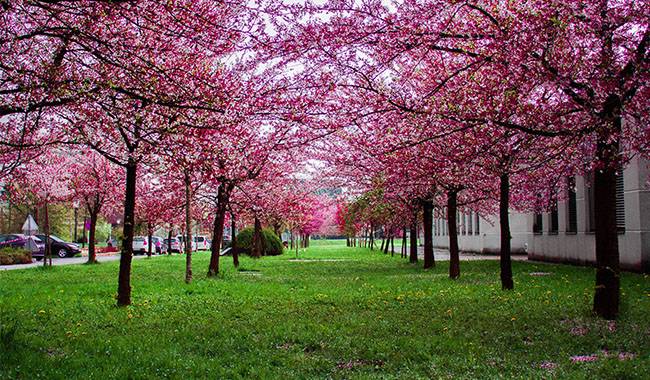
Spring is the most fragrant season of the year: it smells of thawing earth, dead leaves, bark, blooming buds, and first flowers. And all the micro and macro occupants of plants and gardens announce a new beginning.
On top of that, plants release large amounts of plant hormones into the air in the early stages of growth and at the beginning of flowering, trying to protect themselves from awakening pathogenic microorganisms. The air in the garden in spring is also healing.
Early spring flowers have no discernible odor from a distance, but you can feel their delicate fragrance just by sticking your nose into them.
These are the vivid blue-blue leprosy, the modest white snowdrops, the versatile anemones, the elegant camellias, the bright primroses, and the fuzzy crocosmia. But on a large scale, these small floating lilies add a unique fragrance to a striking garden.
If there are conifers in the garden, it is best to walk past them: they will respond with a dose of plant fungicide and a wonderful pine scent.
In areas where sage and thyme overwinter, it is a pleasure to treat the shrubs after winter. Common thyme smells quite pungent, lemon thyme smells delicately fresh and overwinters here.
Scented violets are a little later than primroses and tend to open with a more pronounced scent; one does not need to stick one’s nose into its flowers, but one can still smell it from a distance.
Shrubs that bloom early: daffodils, which look very fragrant from a distance, foxglove, which is inconspicuously scented and has brilliant flowers, willow, which has a very delicate scent of fluffy inflorescence, and lilies, which have bright yellow caps.
Then there are daffodils – a subtle fragrant wonder – and sweet-smelling hyacinths. This is already considered the peak of spring. The poplar buds have fallen, adding bitterness to the fresh spring air.
The tulips are blooming, tinting the garden with vibrant colors. Of course, their scent is faint, but it will be obvious in large quantities. Fragrant musk, shaded by a bright blue, completes the bouquet organically. A white and pink haze with a slightly bitter scent supports the apricot prairie tulips and prairie cherry blossoms.
Honeydew flowers in shady areas and white-cap mugwort in full sun.
In late spring, the orchard joins the chorus of fragrance: cherry blossoms and cherry blossoms scented with plum blossoms fill the garden with a delicate scent. One doesn’t want to describe the aroma of apple trees, one just wants to breathe it in.
Bird cherry itself, blooming with bird cherry blossoms, fills the air with a faint sweet and bitter taste. But I don’t find the scent of pear and hawthorn blossoms attractive at all. I tolerate pears because of their fruit, but a large hawthorn tree, hanging over a fence, because of the bees. They were excited about the flowering tree.
Ornamental onions, if you don’t touch the stems and leaves, will immediately give off a batch of onion-scented phytohormones that smell very inviting. Spring-blooming azaleas add to the fragrance of the garden. Rounding out the spring are lilies, balsam fir, asparagus, and fragrant dwarf iris. And of course, there are lilacs and cockscombs – the grand finale of the spring flowering.
Spring brings new fragrances and ingredients to the garden every day, celebrating the beginning of new life.
SAFETY TECHNIQUES
Settling a garden with aromatic plants requires certain conditions. Not all aromatic plants are the beauty of “everything”. Nature does not take care of our sense of smell and comfort, it has its own challenges.
The mention of Daphne has another name – goji berry, which in the American tradition speaks of danger. Everything about the plant is poisonous – the bark, the leaves, the flowers, and the fruit. So, despite the amazing smell, be very careful with this plant. If there are young children, it is best not to get at the same time all Daphne.
Perilous and lily of the valley, despite its fragile beauty. This plant is also poisonous. Also, as often, and medicinal: lily tincture is used for cardiac neurosis. However, a bouquet of lilies in the bedroom can cause a persistent and severe headache.
The plant itself is quite an aggressive expansion – its place is not in a flower bed with other flowers, but somewhere in the forest, for example, confined to a path.
Galanthus (snowdrops), daffodils, and hyacinths all have poisonous bulbs – if someone hits on the idea of eating them. Rhododendrons are poisonous in their entirety and should not be eaten either.
The perception of smell is very individual. In addition, different species and varieties of plants smell differently. So when choosing scented plants for your garden, it is best to smell them beforehand.
Strongly scented and flowering plants should never be planted next to each other, as the composition would be completely discordant. It is better to enjoy each scent individually.




